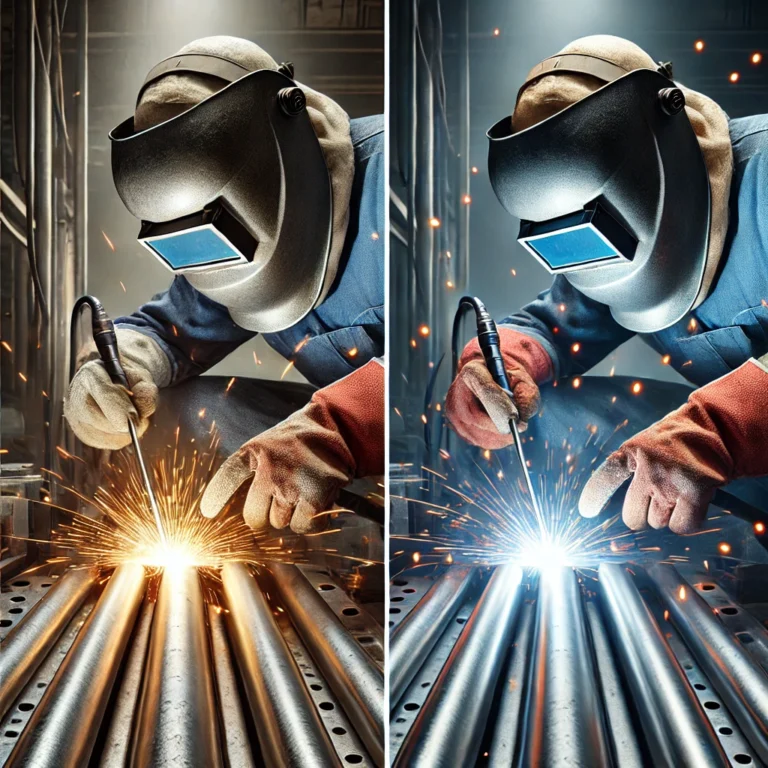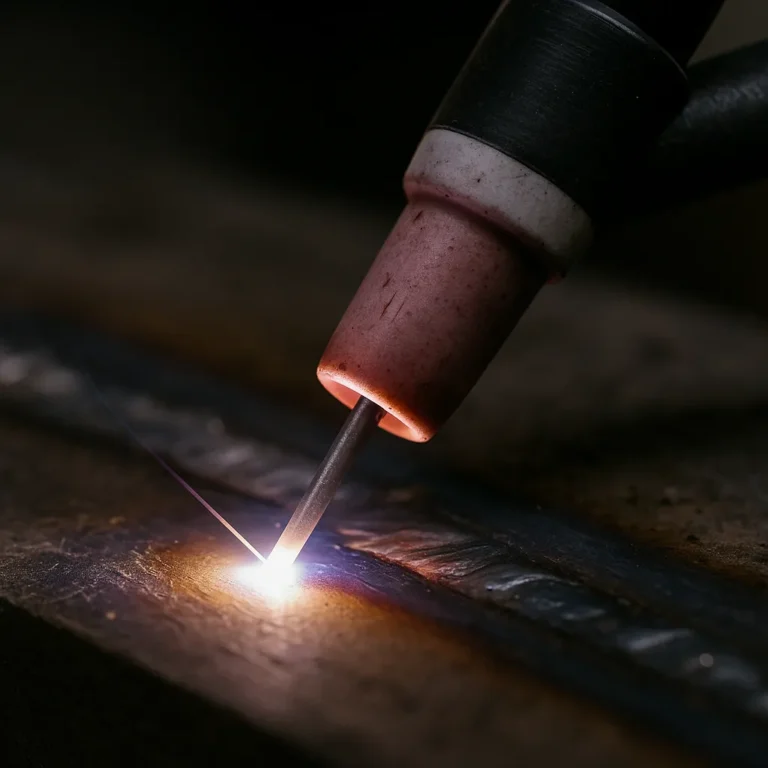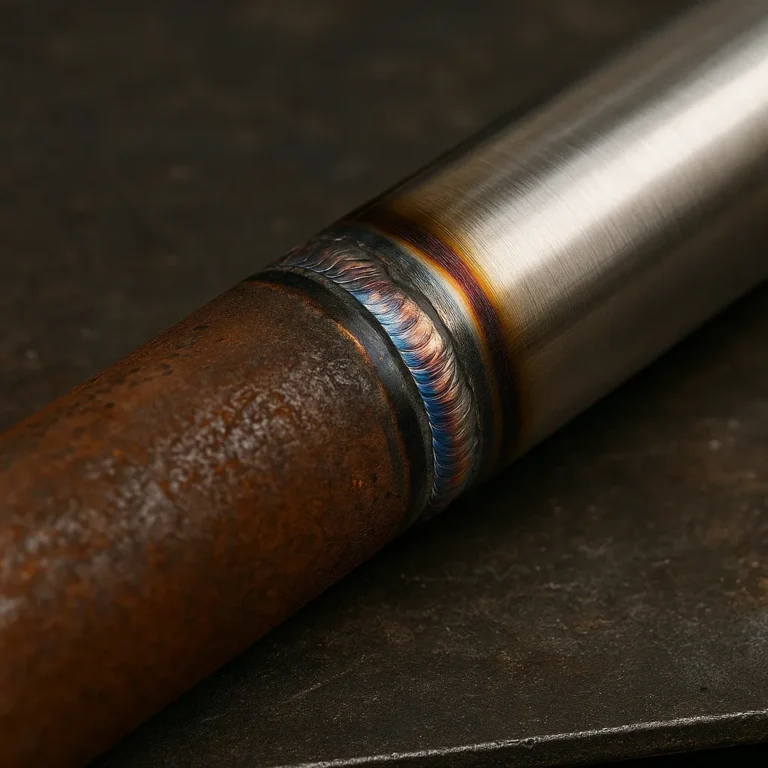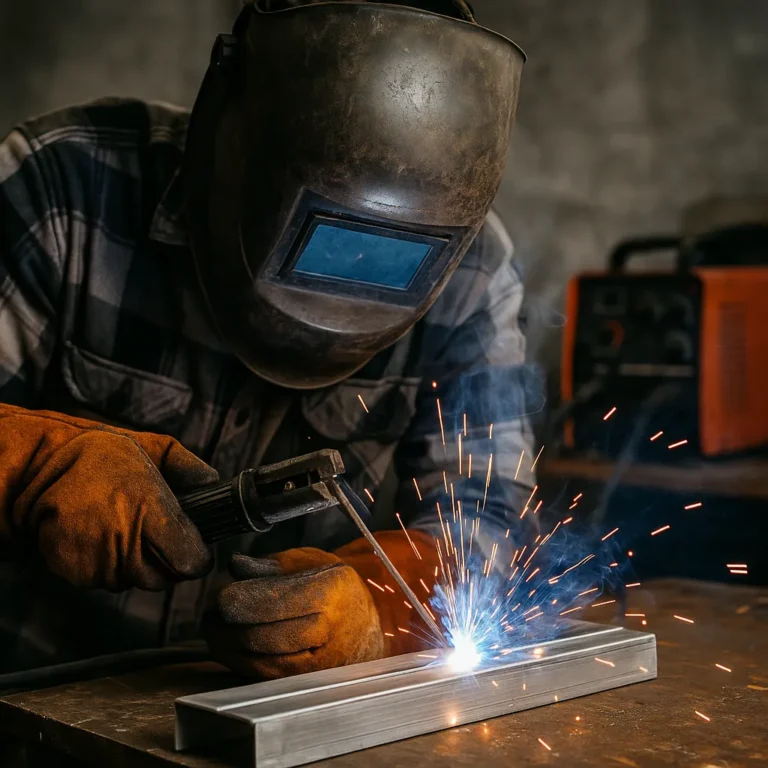Different Types of Welding Techniques and When to Use Them

Disclosure: This post contains affiliate links. As an Amazon Associate, I earn from qualifying purchases—at no extra cost to you.
Knowing which welding method to use can make a big difference in the quality of your work — whether you’re fabricating metal furniture, fixing a trailer, or just learning the ropes in your garage. Each technique comes with its own strengths, limitations, and ideal use cases. Some are better suited for beginners, while others offer more control or power for advanced projects.
Here’s a breakdown of the most common welding types and how they stack up based on real-world feedback and practical experience from the welding community.
Stick Welding (SMAW): Tough and Portable, but Takes Practice
Stick welding, or Shielded Metal Arc Welding (SMAW), is one of the most rugged and widely used techniques out there. It’s especially popular in farm repairs, structural steelwork, and outdoor projects where portability and simplicity are a must.
You don’t need shielding gas, and it works well on rusty or dirty metal. That makes it ideal for rough field jobs. However, it can be harder to master, especially when it comes to striking and holding a steady arc. Many small shop welders say it takes time to consistently lay down smooth beads and avoid excess spatter.
Still, stick welding setups are relatively affordable, and many beginners start here because of the low cost and all-weather versatility.
MIG Welding (GMAW): Quick, Clean, and Great for Beginners
MIG welding — short for Gas Metal Arc Welding (GMAW) — is widely considered one of the easiest methods to learn. It uses a continuously fed wire and shielding gas, making it ideal for clean, consistent welds on thin to medium gauge metals.
This technique is great for auto body work, general shop fabrication, and projects where appearance matters. Based on feedback from hobbyists and weekend welders, MIG is often the go-to for small home projects because it’s forgiving and fast.
However, MIG welding requires a gas bottle and works best indoors or in a protected space where wind won’t disrupt the shielding gas. It also involves maintaining the wire feed system and occasionally dealing with birds-nesting issues.
TIG Welding (GTAW): Ultra-Clean, Highly Precise
TIG welding, or Gas Tungsten Arc Welding (GTAW), produces some of the cleanest and most precise welds of any method. It’s especially useful when working with thin materials like stainless steel or aluminum.
You’ll need both hands and often a foot pedal to control the amperage, which makes TIG more technique-heavy than MIG or stick. According to TIG welders in online forums and shop reviews, it takes practice — but the results are worth it when working on high-end or visible welds.
TIG is commonly used in aerospace, food-grade fabrication, and custom metalwork. The process is slower and the gear is more expensive, but if you’re after professional-quality welds, this is the way to go.
Flux-Cored Welding (FCAW): High Output for Heavy-Duty Work
Flux-cored arc welding is similar to MIG, but the wire has a flux core instead of relying on external shielding gas. That makes it a better choice for outdoor or windy conditions where shielding gas would get blown away.
It’s powerful, works well on thicker materials, and is often used in construction or heavy equipment repair. Many small shop welders report that flux-core works best for rougher welds where appearance isn’t a priority, but strength is.
Expect more spatter and cleanup compared to MIG or TIG. That said, if you’re welding outside or need deep penetration on thick metal, FCAW is a solid option — especially when paired with a dual-voltage MIG/flux-core welder.
Conclusion
Each welding process has its strengths depending on your workspace, experience, and the job at hand:
- Stick welding is rugged and portable, but requires more skill to get clean results.
- MIG welding is fast and easy to learn, making it ideal for home shops and beginners.
- TIG welding offers unmatched precision and beauty but demands more practice and control.
- Flux-core welding is built for power and outdoor use, even if it’s a bit messy.
Start with what matches your needs best. If you’re just getting started and want something versatile, MIG is a great way to go. For structural repairs or outdoor projects, stick or flux-core will hold up. And if you’re chasing flawless, pro-quality welds, TIG is worth the investment.






